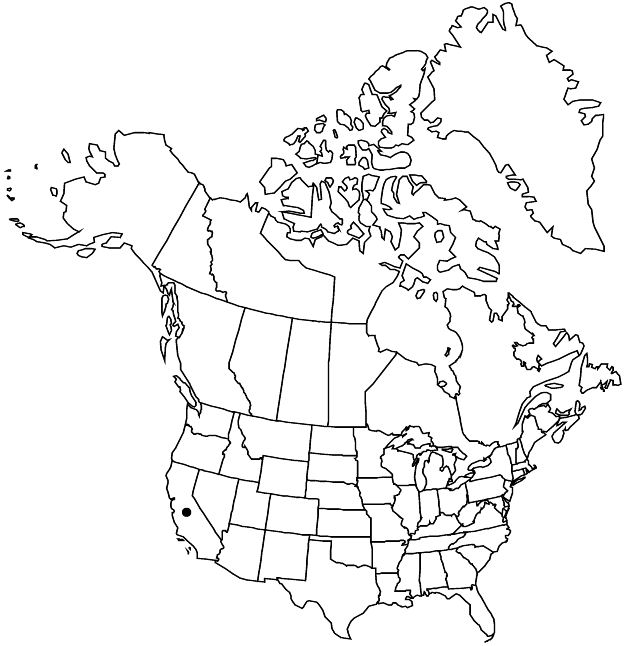Potentilla cristae
Madroño 37: 190, fig. 1. 1990.
Plants tufted to densely matted; caudex branches usually short, stout, sometimes embedded in old leaf bases. Stems ascending to erect, 0.3–2 dm, lengths 2–3 times basal leaves. Basal leaves not in ranks, ternate, 1–5(–9) cm; stipules: apex acute to obtuse; petiole 1–4 cm, long hairs absent or sparse to common, spreading to ascending, 0.5–2 mm, ± weak, glands sparse to abundant; leaflets 3, central flabellate, 0.4–2 × 0.5–1.5 cm, petiolule 1–3 mm, margins flat, distal 3/4+ deeply 3–5-lobed (sinuses extending 1/2 to nearly to midvein), lobes unevenly incised 1/4–1/2 to midvein, teeth 2–5 per lobe, surfaces similar, dark green, hairs ± sparse, 0.5–1.5 mm, glands sparse to abundant. Inflorescences 1–7-flowered. Pedicels straight, 0.2–1.2(–2) cm, not much longer in fruit than in flower. Flowers: epicalyx bractlets broadly ovate, 2–4 × 2 mm, margins flat; hypanthium 3.5–6 mm diam.; sepals 3–5 mm, apex broadly acute to obtuse; petals yellow, 3–5.5 × 4–5 mm; filaments 0.7–1.7 mm, anthers 0.5–0.6 mm; carpels 25–40, styles tapered-filiform, ± papillate-swollen in proximal 1/5–/1/3, 1.3–2 mm. Achenes 1–1.5 mm, dorsally crested. 2n = 42.
Phenology: Flowering summer.
Habitat: Rocky, open, serpentine slopes, in conifer woodlands
Elevation: 1800–2800 m
Distribution

Calif.
Discussion
Of conservation concern.
Potentilla cristae is known only from Cory Peak, Mount Eddy, and the Marble Mountains in northwestern California. In addition to the characteristics in the key, the species is distinctive in having a low dorsal crest on the achenes, hence the specific epithet.
Selected References
None.